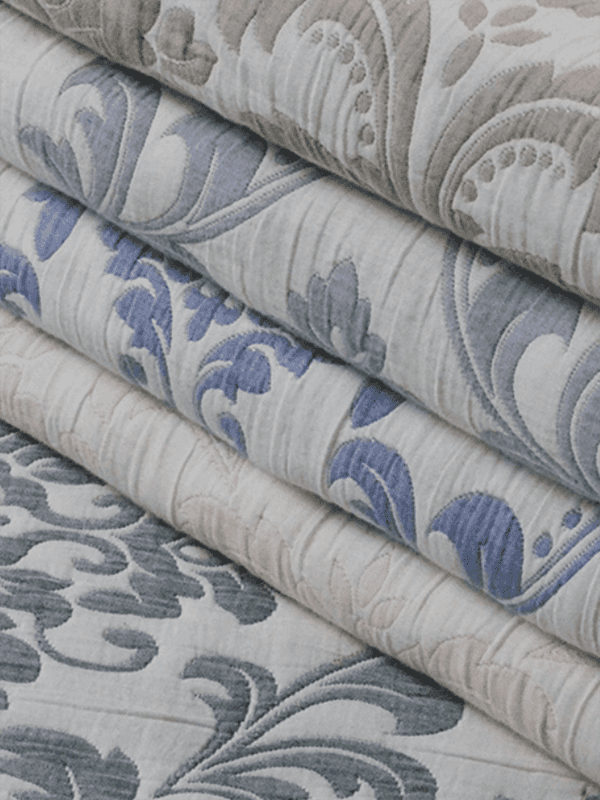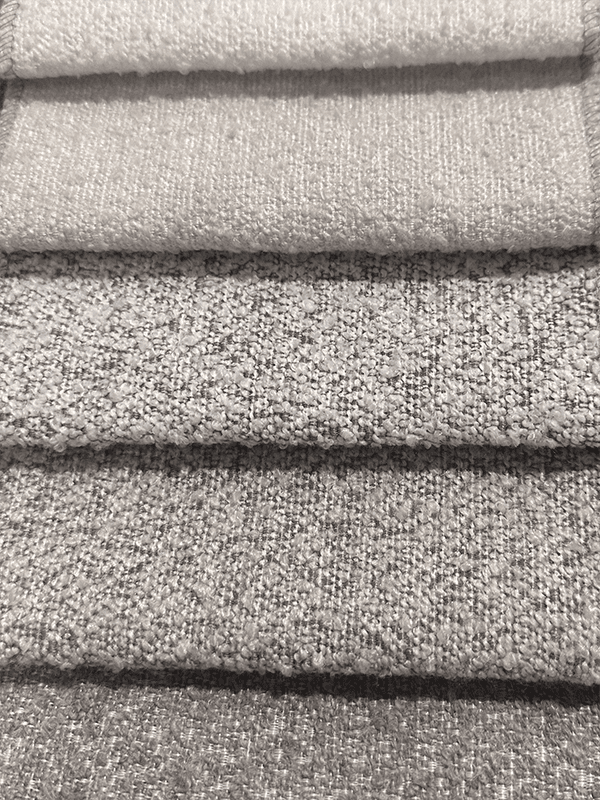Introduction: The Importance of Matching Sofa Fabric with Room Decor
Sofa upholstery fabric is one of the most visible and impactful elements in home interior design. Choosing the right fabric goes beyond aesthetics; it influences comfort, durability, and the overall mood of the room. Mismatched fabrics can make a room feel chaotic, while a well-coordinated sofa enhances harmony and style. This article explores practical strategies for selecting and matching sofa fabrics with your room decor, considering color, texture, material, and functional needs.
Understanding Your Room's Style and Color Palette
Before selecting a sofa fabric, analyze the existing room decor. Take note of wall colors, flooring, window treatments, and accent pieces. Understanding the style—whether modern, traditional, minimalist, or eclectic—helps determine the appropriate fabric type, pattern, and color.
Identify Dominant and Accent Colors
Choose sofa upholstery that complements the dominant color scheme. Neutral colors like beige, gray, and cream provide versatility and blend seamlessly with most decor styles. Accent colors, such as bold blues, greens, or reds, can add visual interest and make the sofa a focal point.

Consider Color Temperature
Warm colors like terracotta, mustard, or brown create a cozy ambiance, while cool colors like blue, teal, and gray can produce a calm and spacious feel. Balance the color temperature of the sofa with the room's overall palette for harmony.
Choosing the Right Fabric Type
Different fabric types influence both the look and functionality of a sofa. Consider factors like durability, texture, and maintenance when selecting upholstery.
Natural Fabrics
Cotton and linen fabrics are breathable and comfortable, making them ideal for casual or traditional interiors. However, they are more prone to wrinkles and stains, so consider treatments or blends for higher durability.
Synthetic Fabrics
Polyester, microfiber, and acrylic fabrics are durable, stain-resistant, and ideal for high-traffic areas or homes with children and pets. They are available in a wide variety of colors and textures, making it easier to match room decor.
Luxury Fabrics
Velvet, silk, and high-quality wool add elegance and sophistication. These fabrics suit formal or luxury interiors but require more maintenance and careful placement to avoid damage from sunlight or spills.
Texture and Pattern Matching
Texture and patterns can dramatically impact the visual balance of a room. Matching these elements carefully ensures cohesion without monotony.
Smooth vs. Textured Fabrics
Smooth fabrics, like microfiber or silk, reflect light and appear sleek, ideal for modern interiors. Textured fabrics, such as chenille or tweed, add depth and warmth, complementing traditional or rustic decor.
Patterns: Balance and Scale
Large patterns can dominate a space and are best used on larger sofas in spacious rooms. Smaller patterns or subtle weaves work well in compact spaces. Coordinate patterned sofas with solid-colored cushions or rugs to maintain visual balance.
Functional Considerations in Fabric Selection
Functionality is as important as aesthetics. Consider the lifestyle of your household and how the sofa will be used.
- For homes with children or pets, choose durable, stain-resistant fabrics such as microfiber, polyester blends, or treated cotton.
- For formal living rooms, luxurious fabrics like velvet or silk enhance sophistication.
- For high-traffic areas, consider fabrics with high rub counts to ensure longevity.
- Consider fade resistance if the sofa will be placed in direct sunlight.
Coordinating with Other Furniture and Accessories
A sofa should not only match walls and flooring but also blend with other furniture and accessories to create a unified look.
Matching with Furniture
Ensure the sofa fabric complements other upholstered pieces, chairs, and ottomans. Contrast can be appealing, but the color and texture should create harmony, not clash.
Using Accessories to Tie Colors Together
Cushions, throws, and rugs can bridge the color gap between the sofa and room decor. Use complementary or analogous colors to maintain cohesion while adding visual interest.
Practical Tips for Long-Term Satisfaction
To ensure your sofa fabric continues to enhance the room over time, follow these practical guidelines:
- Request fabric swatches before purchasing to visualize in the room’s lighting.
- Mix solids and patterns to avoid monotony and maintain flexibility for future redecorating.
- Rotate cushions and maintain regular cleaning to extend fabric life and appearance.
- Consult interior design guides or professionals for high-investment pieces to ensure a long-term fit.
Conclusion: Balance Style, Function, and Personal Taste
Matching sofa upholstery fabric with room decor is a careful balance of color, texture, pattern, and functionality. By considering your room’s style, choosing suitable fabrics, coordinating with furniture and accessories, and planning for practical usage, you can achieve a cohesive, stylish, and comfortable living space. Thoughtful selection ensures that your sofa enhances both the aesthetic and functional aspects of your home for years to come.

 English
English 中文简体
中文简体 Español
Español عربى
عربى












